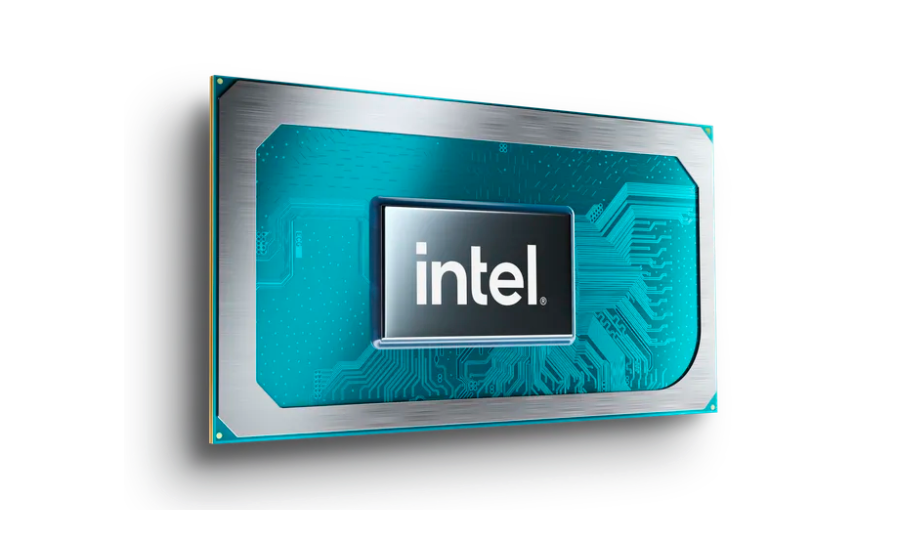 INFRA
INFRA
 INFRA
INFRA
 INFRA
INFRA
Chipmaking giant Intel Corp. has announced yet another production delay.
The company said today its next-generation Sapphire Rapids Xeon Scalable central processing units aren’t expected to ship until the first quarter of 2022, with production to ramp up by the second quarter.
News of the delay came via a blog post by Lisa Spelman, corporate vice president and general manager of Intel’s Xeon and Memory Group. She said the 10-nanometer chips, which will succeed its current-generation Ice Lake server processors, will incorporate two new technologies, including an acceleration engine called Intel Data Streaming Accelerator and the second generation of Intel’s Deep Learning Boost.
Apparently it’s these enhancements that are causing the problem, with Spelman saying Intel needs additional validation time to ensure the Sapphire Rapids chips run without a hitch.
“Based on this, we now expect Sapphire Rapids to be in production in the first quarter of 2022, with ramp beginning in the second quarter of 2022,” Spelman said.
Intel said on more than one occasion last year that it would start shipping the Sapphire Rapids CPUs sometime in 2021, but in recent months the goalposts were moved. New Intel Chief Executive Pat Gelsinger announced in March that the chips were expected to enter production “around the end of the year.”
However, Spelman said during Intel’s Computex 2021 keynote that the company was eyeing a launch in early 2022. Today’s announcement confirms that timeline.
This isn’t the first delay to hit Intel, of course. The company’s seven-nanometer chips have also faced numerous delays, being first pushed back from their original 2021 timeline to an expected launch date of 2022, and then further out to 2023.
The constant delays have had a negative impact on Intel’s share of the computer server market. A few years ago Intel sold 99% of the world’s data center chips. But Advanced Micro Devices Inc., which already has seven-nanometer processors in production, has in the last couple of years grown its server market share to more than 8%.
Holger Mueller of Constellation Research Inc. told SiliconANGLE that Intel’s defense that it needs to validate the new capabilities of its Sapphire Rapids chips amid growing interest is a fairly typical excuse made by tech vendors when their latest innovations aren’t delivered on time.
“The real challenge for Intel now is that it’s now on a no buffer plan for Sapphire Rapids to reach volume in 2022, so it and cannot afford any more slippage,” he said. “Investors need to remember though, that it’s often the case that before good news comes, more bad news arrives. Let’s hope for Intel and the competition that it will be able to provide some timely chip delivery going forward.”
Investors reacted negatively anyhow. In the hours after the latest delay was announced, Intel’s stock lost more than 1%. At the same time, its rival AMD’s stock gained almost 3%.
Analyst Patrick Moorhead of Moor Insights & Strategy told SiliconANGLE that Intel’s announcement today could be related to a recent executive reshuffle, which also saw its Data Center Group split into two separate businesses. He said the admission of yet another delay suggests the company is going to be more open and upfront with shareholders and customers, and perhaps more cautious about its scheduling communications under the new leadership.
“I believe the new Data Center Group leader came in, looked at the schedules, and based on the new Pat Gelsinger regime changes, wanted to be more open about the dates,” Moorhead said. “Before this, I think Intel would have kept it quiet but would have worked like heck to pull in production so there’s not a customer impact.”
Charles King of Pund-IT Inc. said no one likes to hear a vendor renege on its promises, especially when they apply to anticipated next-generation products that have suffered previous delays, such as the Sapphire Rapids CPUs. However, he said sensible companies and their executives realize that it’s better to suffer some short-term pain and get things right, as opposed to rushing an unready product out the door.
“This is obviously disappointing to a wide range of Intel employees and executives, as well as the company’s partners and customers,” King said. “It also provides some color for Intel’s recent executive shuffle and the departure of Navin Shenoy.”
Bernstein analyst Stacy Rasgon told MarketWatch there were a couple of possible reasons for the delay. First, and more positive, is that demand is so strong for the new features in Sapphire Rapids that Intel needs more time to get them right. If so, the feeling is that customers will be happy to wait for that. However, the opposite could also be true, the analyst said.
“A less charitable explanation however is that the company’s competitive positioning is worsening, and that the downside associated with delaying Sapphire Rapids is perceived by management to be less that what would be experienced by launching earlier with a less competitive product,” he said.
THANK YOU